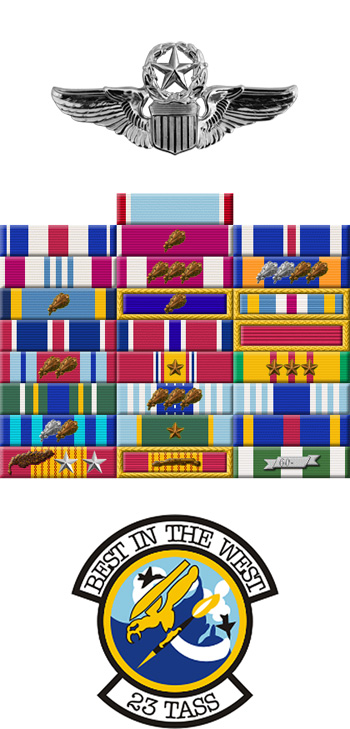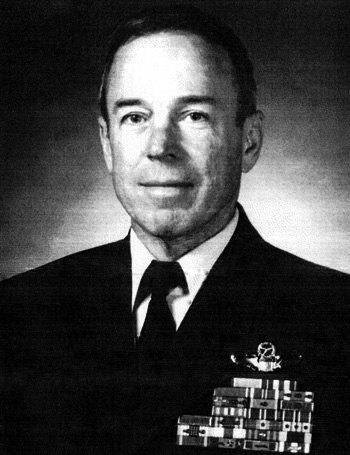
|
William R. Carter |
 |
|||
| Rank, Service | ||||
Colonel O-6, U.S. Air Force |
||||
| Veteran of: | ||||
|
||||
| Tribute: | ||||
William Carter was born on October 14, 1946, in Amarillo, Texas. He enlisted in the U.S. Air Force Reserve on September 12, 1968, and entered Officer Training School at Lackland AFB, Texas, on January 3, 1969. Carter graduated from OTS with a commission as a 2d Lt on March 31, 1969, and completed Undergraduate Pilot Training and was awarded his pilot wings at Reese AFB, Texas, in April 1970. Lt Carter was then assigned flying OV-10 Broncos as a Forward Air Controller with the 23rd Tactical Air Support Squadron at Nakhon Phanom Royal Thai AFB, Thailand, from December 1970 to December 1971. His next assignment was as an instructor pilot at Reese AFB, Texas, where he served from January 1972 to January 1975. Capt Carter served at the Pentagon from March 1975 to September 1976, and then served with the 308th Tactical Fighter Squadron (TFS) at Homestead AFB, Florida, from September 1976 to June 1977. He next transferred to Clark AB in the Philippines, where he served with the 3rd TFS from June 1977 to December 1979, followed by Armed Forces Staff College from December 1979 to June 1980. Maj Carter served with the 388th Tactical Fighter Training Squadron at Hill AFB, Utah, from June 1980 to April 1984, and then the 4444th Operations Squadron at Luke AFB, Arizona, from April 1984 to May 1986. This was followed by service at Air University at Maxwell AFB, Alabama, from May 1986 to July 1988, and then Air War College at Maxwell from August 1988 to May 1989. He served with the 8th Tactical Fighter Wing (TFW) at Kunsan AB, South Korea, from May 1989 to May 1990, and then with the 51st TFW and then 7th Air Force at Osan AB, South Korea, from May 1990 to May 1992. Col Carter served with Headquarters Air Combat Command at Langley AFB, Virginia, from May 1992 to May 1993. His final assignment was at the Pentagon, where he served from May 1993 until his retirement from the Air Force on March 2, 1996. William Carter died on December 2, 2002, and was buried at Arlington National Cemetery. |
||||
|
||||

